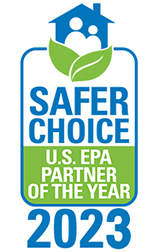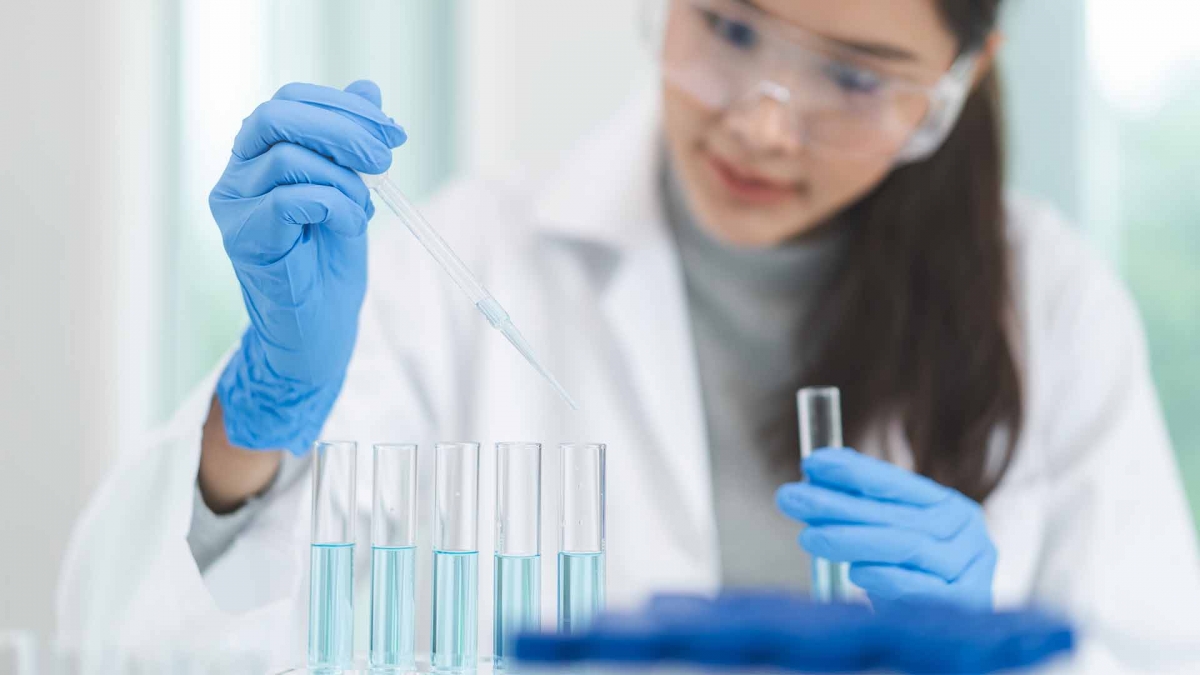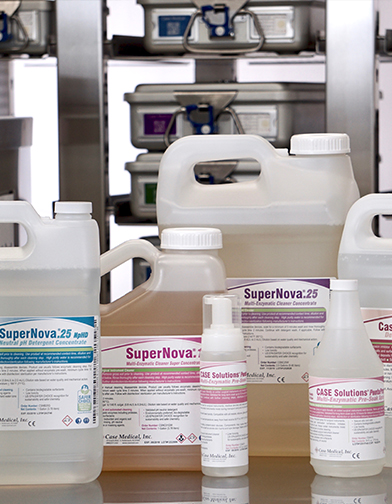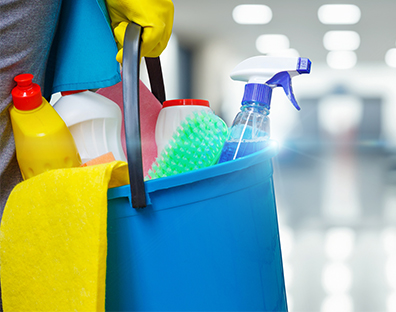
Clean Science
If you're curious about how cleaning products work or why cleaning of medical devices is considered the critical first step in the decontamination process, you've come to the right place. We’ve studied the science of cleaning and are pleased to share with you what we learned over the last thirty years, as a U.S. EPA Safer Choice Partner of the Year, in independent laboratory studies, and in our micro lab. We'll explain the science behind some of the most common cleaning agents and the importance of applying specific parameters and tools, so you can clean smarter—not harder.
When did it all begin…
Cleaning science can be traced back all the way to 2800 BC. The first cleaning product was water using streams, lakes, and rivers to simply rinse off utensils. However, around 2800 BC, ancient Babylonians started making “soap”. Archeologists have excavated soap-like materials stored in various inscribed cylinders. Cleaning was also prevalent in other ancient civilizations, such as the Egyptians, a medical document dating back to 1500 BC proves that people used vegetable and animal oil to form soap-like substances and relied on alkaline soap for washing. It wasn’t until the 20th century that enzymatic solutions became the norm for laundry detergents. In the 1990’s enzymatic cleaners were introduced to facilitate the reprocessing of surgical devices, and to provide a more neutral pH cleaning formulation for instrument preservation.

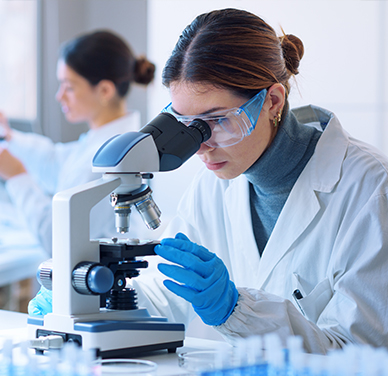
The primary goal of cleaners
To be fully effective, cleaning processes must be based on scientific principles. The primary goal of cleaners is to get rid of dirt and grime, and also physically remove bacteria, viruses, mold, and fungi. Cleaning also removes the soil including food and water that allows germs to survive and reproduce. Thus, simple cleaning followed by rinsing can lower the number of germs and reduce the risk of spreading infection. When done correctly, the EPA says cleaners can remove 98% of bacteria and 93% of viruses. Traditionally, cleaners use a combination of chemistry (the cleaning agent), physics (the energy and friction) used to scrub a surface clean, and rinsing (flushing with clean water) preferably high purity water to generate results.
The right cleaner for the job
Not every cleaning agent is the same, nor designed for the same purpose. This is most important when considering a detergent for infection prevention and patient care. In this case one should consider what is safer for the people who use them, for the patients they serve, and do the least harm to the environment or the waste water stream when rinsed down the drain. Case Medical has partnered with the U.S. EPA since 2011. We support the agency's goals of safety and sustainability. As a 2023 U.S. EPA Safer Choice Partner of the Year, our instrument cleaning and maintenance chemistries as well as our Case Care Skin Cleanser proudly display the Safer Choice label. If the products currently in your inventory are not EPA Safer Choice labeled, you might want to dig deeper into their SDS to investigate what kinds of carcinogens, mutagens, asthmagens, reproductive or developmental toxicants are in their formulations. Case Medical uses the U.S. EPA SCIL list to formulate each of our cleaners. Visit us at CSSD in Nantes, France next week and then at the World Conference in Santiago, Chile in November!
Visit us anytime at www.casemed.com to learn more about our products and services. We are here to help. Case Medical is a U.S. EPA SAFER CHOICE Partner or the Year for Manufacturer Formulator and recognized in NJ as Innovative Manufacturer of the Year.
Kindest Regards,
